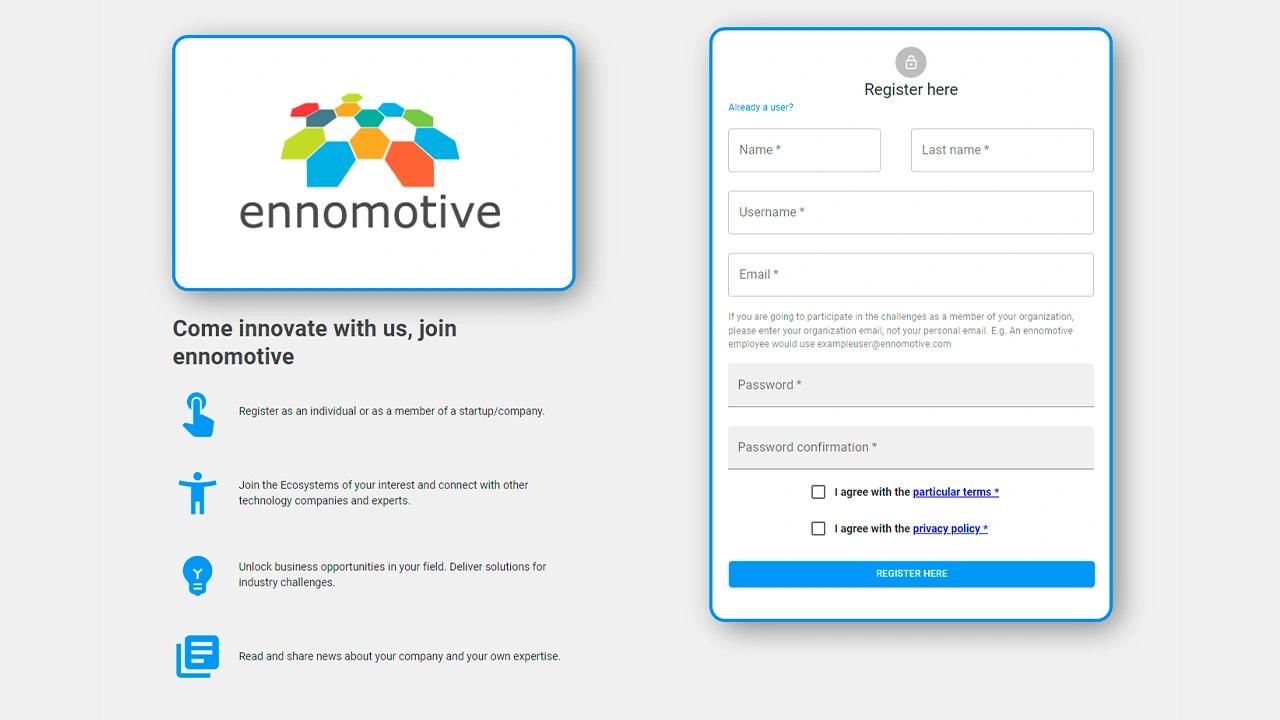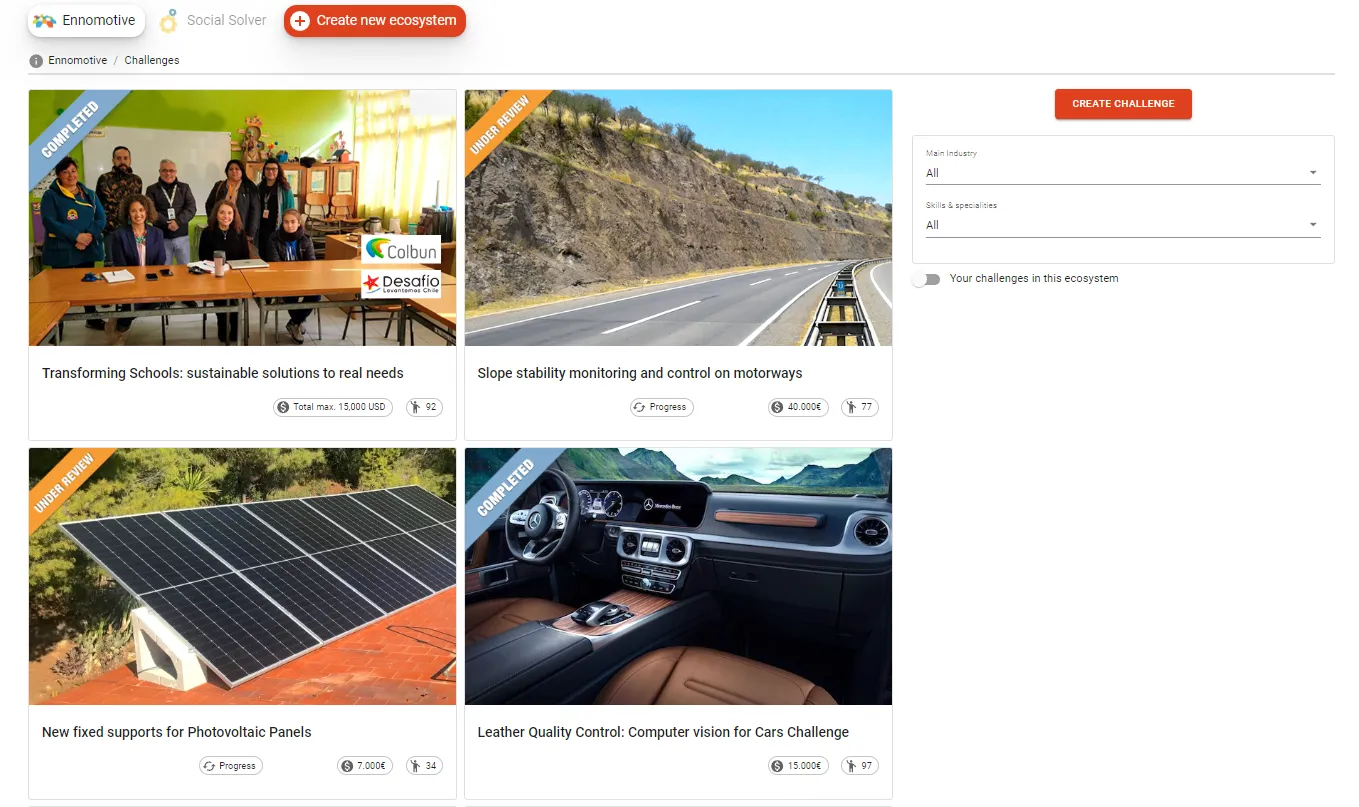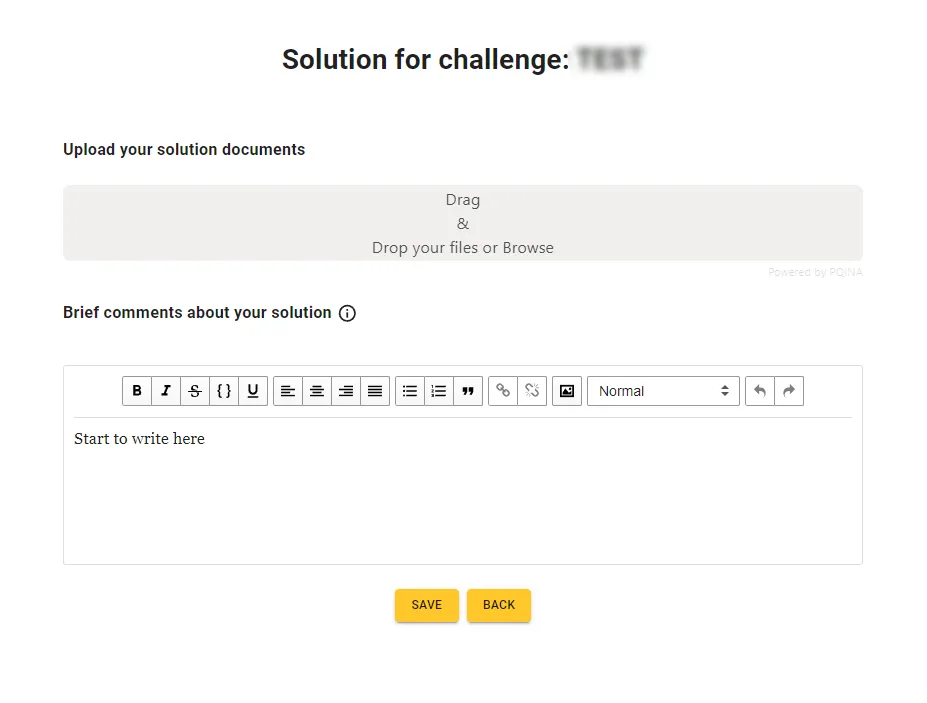Background
Our client, ACCIONA CONSTRUCTION, is a leading construction company with a presence in all five continents and a history of over one hundred years. One of the specialty areas of the client is road construction, along with bridges, special structures, railways and tunnels, ports and hydraulic works.
In infrastructure construction projects, primarily where earthworks predominate, an effective and productive management of soils is an essential part of the planning. When soils above the optimal moisture content come across, an extra-work is required for drying and delays may occur, increasing the overall materials (additives) and/or machinery costs.
The Challenge
During earthworks, soil occasionally needs to be moved and/or treated and then compacted to specific density/moisture conditions, to decrease future settlements, increase shear strength and reduce permeability. Reaching a referred dry density allows to construct a working platform, to prepare an adequate subgrade beneath the planned infrastructure or to execute structural soil layers in embankments, roads, dams, etc.
In these scenarios, our challenge appears when the soil is above its optimum water content, making the compaction procedure impossible until the desired density is achieved. For this reason, it is necessary to reduce the moisture of the soil before compaction.
Several solutions already exist like a procedure of aerating, turning and mixing the soil or the addition of water-reactive materials as quicklime or simply blending the wet soil with additional dry soil. However, these alternatives involve time in excess, hazardous additives or non-availability of materials.
For these reasons, occasionally, the drying procedure of the wet soil is not viable in terms of time or cost, so soil must be disposed of and replaced with material from a borrow pit. However, in road projects, this procedure goes against the work philosophy of balancing the mass haul diagram of soils (compensation between excavations and fillings). Consequently, the solution must boost the usage of materials along the infrastructure alignment.
See annex 1 for details of a worked example.
Principally, the problem of wet soil is associated with soils with high retention capacity, which are fine, plastic, low permeability and organic soils. On Unified Soil Classification (USC) System chart (Annex 2), these are categorized as “fine-grained soils”. Despite this, the solution must be easy to employ in a construction site and adaptable to all kind of soils.
What is the client looking for?
The goal of this challenge is to bring an innovative process, additive or machinery, which reduces the cost of drying of soil, accelerates the process reducing the extra cost of projects due to delays and applicable in massive earthworks. Besides, to the following additional properties should also be considered:
- Enhance the workability of soil
- Preserve or improve the mechanical performance of the original soil
- Maintain or increase the usage of in situ soil (reducing cost of hauling, dumping and soils from borrow pits)
- Reduce the cost of treatment with additives if applicable
- Be applied in any weather conditions (wind, cold, etc.)
- Ensure uniformity in application
- To ensure durability and volume stability of the additive if applicable
Even if the solution does not meet all these requirements, a range of compliance with each of the points must be indicated.
It is important to consider that it is not necessary to remove all the water within soil structure, just dry it until a determined percentage of water defined by its compaction performance test. Every soil has an optimum moisture content linked with its maximum dry density when a specific compaction energy is applied (Proctor test), so this moisture content should be reached after the treatment. It would be admissible if soil turned out drier than expected but not if more than 2% above the referred moisture is obtained.
Besides, the suggested solution must not clash with the procedure to be carried out after drying, which usually is the compaction stage. Consequently, if the innovative process or treatment can reduce the water content of soil but makes worse its workability, the proposal will be discarded.
Proposals that don’t produce soil drying may be accepted, e.g. a proposal that modifies the soil structure in such a way that it increases its optimum moisture until it equals or exceeds the in-situ soil moisture.
A high degree of innovation is required: solution may suggest a different way of drying a wet soil, environmentally and economically viable. For example, the usage of alternative additives in place of quicklime or even completely different systems to dry the soil, not necessarily including lime or additives.
Potential Market
According to Cision PR Newswire report published in Jul 2018, the Global Soil Stabilization market (estimated at $22 bn in 2017) is projected to grow at a CAGR of 4.7% and reach $27.8 bn by 2022. The main driver behind this growth as per this report is rapid urbanization, particularly in developed regions, which in turn is growing the construction market, thereby fueling the soil stabilization market.
Of the total market for soil stabilization additives, we assume a 25% market share for soil-drying additives and taking a conservative approach of just 10% market penetration by this new technology (for soil drying), ACCIONA estimate a potential market of $0.69 bn/annum.
Evaluation Criteria
Participants’ submissions will be assessed according to the following criteria:
- Highest cost reduction
- Adaptable to different construction sites and soils
- Lowest application and curing time
- Lowest environmental impact
- The best 8-year business case, considering investments, maintenance and operational costs, using as a reference of cost and productivity (e.g. 120 working days/ year for the machinery) the data given in annex 1.
Deliverables
This is a 3-round tournament with the following deliverables:
Round 1
A PDF document including:
- Description of the solution, including a brief specification of the process, materials and machinery required
- Sketch of the solution
- Feasibility evidence
- Estimated investment
- High-level business case (template provided in Annex 3)
Round 2
- Detailed description of the solution, including:
o How the solution works (details).
o Detailed execution process, indicating required materials and machinery/equipment.
o Time required for each step of the process, included curing (if required)
- Detailed Business Case, including initial investments, logistics, material and operational cost (rent of machinery, use of fuel, electricity, man-hours, etc.). Comparison with current solution. Template will be provided in Round 2.
- Any restrictions that apply to the proposed solutions.
- Expected environmental impact or cautions to be taken in consideration.
Round 3
- Final clarifications



